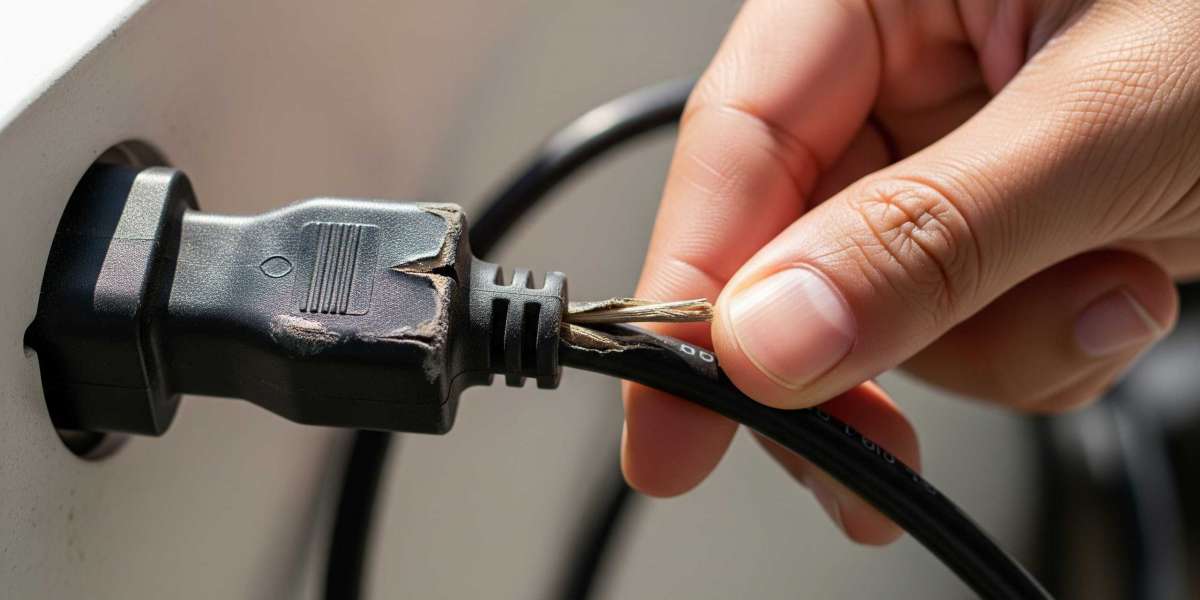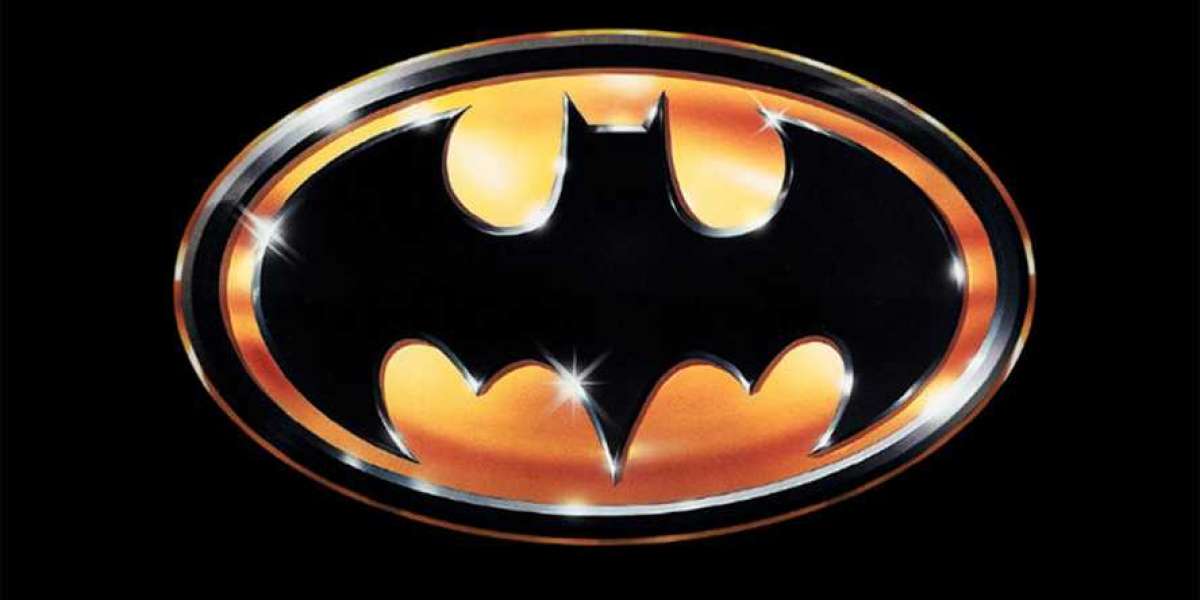Electrical cords keep your computer and other devices running smoothly. When a cord is damaged, it can cause power loss, harm your computer, or even risk shock and fire. Knowing how to check your power cable for computer is an important skill that anyone can learn. Let’s break it down into simple steps and clear signs, so even a 12-year-old can become a safety expert!
Why Should You Inspect Power Cables?
Your power cable for computer gives energy to your device, helping it start, run, and stay safe. Sometimes, everyday use or small accidents can hurt the cord. Damaged cords can cause your computer to switch off suddenly, from small problems like flickering to big risks such as fires. A quick check each month keeps your computer—and your home—free from trouble.
The Exact Answer: How Do I Know If My Electrical Cord Is Damaged?
You will know your electrical cord is damaged if you see cuts, cracks, frayed or exposed wires, melted or burnt spots, loose or bent parts, or if it feels hot, gives off a burnt smell, or causes flickering or buzzing. Stop using the power cable for computer right away if you notice any of these warning signs.
What Does a Healthy Power Cable Look Like?
Before learning about damage, let’s see what a good cord should be:
The outer plastic is smooth, with no cuts or frays.
No wires are showing on any part of the cord.
The plug and connectors are straight and fit tightly.
The cord is flexible and bends without making a cracking sound.
No part of the cord feels hot or smells odd after use.
If your power cable for computer checks all these boxes, you’re in good shape!
Common Reasons Why Cords Get Damaged
Knowing what hurts your cable helps you protect it. Some reasons include:
Pulling the cord out by the wire instead of the plug
Bending or twisting the cord too tightly
Stepping on, rolling over, or pinching the cord under furniture
Pets or kids chewing or playing with the cord
Using the power cable for computer near heat, water, or chemicals
Overloading the cord with heavy devices
What Are the Signs of a Damaged Power Cable for Computer?
Look for these warning signs every time you use your computer:
1. Cuts, Cracks, or Fraying
Run your fingers along the cord. If you feel or see splits, rough spots, or fraying wires, your cord is no longer safe.
2. Exposed Wires
Even a thin sliver of bare metal showing means danger. Exposed wires can shock you and make sparks.
3. Melted or Burnt Spots
Dark marks, melting plastic, or any sign of heat damage are major red flags. These could mean the cord is overheating or short-circuiting.
4. Loose or Bent Plugs
If the plug no longer fits tightly, or the metal prongs are wobbly or bent, the cord could short out or cause your computer to flicker.
5. Cord Feels Hot or Smells Weird
When you unplug the cord, it should feel cool. If it’s hot or you smell something burnt, stop using it right away.
6. Flickering, Buzzing, or Intermittent Power
If your computer switches off, flashes, or you notice buzzing or crackling sounds, your power cable may have broken wires inside. This can cause your computer to lose power suddenly or even damage its components.
7. Burn Marks Near Connector
Look closely at the connector that goes into your computer. Burn marks or discoloration can signal danger inside.
Step-by-Step: Checking Your Power Cable for Computer
Here’s how you can check your cord safely:
Unplug the power cable from both the computer and the wall before you begin.
Hold and look at every part of the cord, from plug to connector.
Feel for any bumps, lumps, or places where the cable bends too easily or feels squishy.
Look for places where the plastic covering is missing, cracked, or damaged.
Inspect the plug pins – they should be straight, shiny, and not loose.
Smell the cable after use – no cord should ever smell burnt.
Plug everything back in and watch for any flickers, unusual sounds, or sparks.
If you spot even one sign from the list above, replace the power cable for computer as soon as possible.
Table: Checklist for Power Cable for Computer Damage
| What to Check | What to Look For | Is It Safe? | What to Do |
|---|---|---|---|
| Outer Surface | No cracks, cuts, or frays | Yes | Use the cable |
| Exposed Metal | Wires fully covered | Yes | Use the cable |
| Plug and Connector | Straight, firm, no burn marks | Yes | Use the cable |
| Heat/Smell During Use | Cool, no strange smell | Yes | Use the cable |
| Flickering Power or Sounds | None, runs steady | Yes | Use the cable |
| Any warning sign above | Yes | No | Replace the cable |
What NOT to Do with a Damaged Cord
Never cover broken parts with tape or glue
Don’t keep using a cord with any damage, even if your device seems to work
Never fix the cord yourself with home tools, unless you are trained in electronics
Don’t ignore burning smells or unusual sounds
Do not use a power cable for computer that feels hot or has exposed wires
Why You Should Replace Damaged Power Cables Quickly
A damaged cord can cause shocks, sparks, computer failures, or even fires. Even “small” damage can let water or dust inside, making things even more unsafe. Always swap out a damaged power cable for computer as soon as you spot trouble—it’s a small price for your safety.
How to Make Your Power Cable Last Longer
Unplug by holding the connector, not the wire
Store your cable in gentle loops, avoiding tight bends
Keep away from water, heaters, and direct sunlight
Keep pets and young children away from cords
Regularly check your cord every month
Frequently Asked Questions
Can I use a cord with a small crack or scratch?
No, even a tiny crack can get worse fast and cause big problems.
Why does my computer turn off when I touch the cord?
Loose or broken wires inside the cable can cause power loss or flickers.
Is it safe to repair a cord with tape?
Tape does not protect from electric shock or stop damage from getting worse. Always replace bad cords.
Can hot cords hurt my computer?
Yes. A cord that gets hot is overloaded or has broken wires, which can damage your computer or cause a fire.
How often should I check my power cable for computer?
Check every month or whenever you clean around your desk.
Wrapping Up
Spotting damage on your power cable for computer is easy if you know what to look for. Check for cracks, cuts, exposed wires, burnt marks, hot spots, and loose connectors. Listen for strange sounds and watch for power flickers. At the first warning sign, stop using the cord and get a safe replacement. Protect your computer and everyone at home by making cable checks a regular habit!








